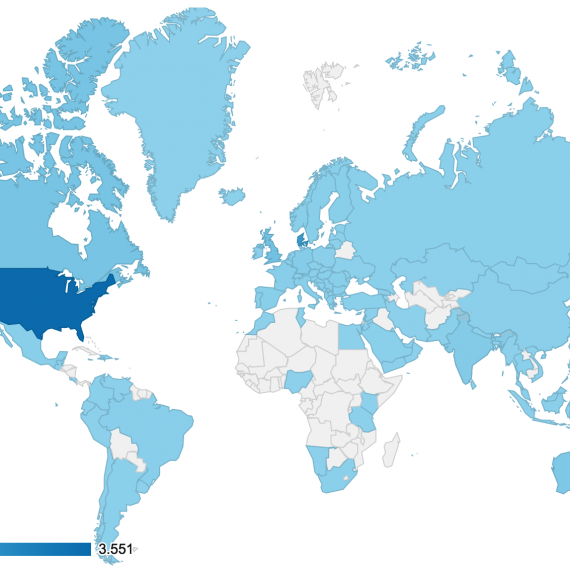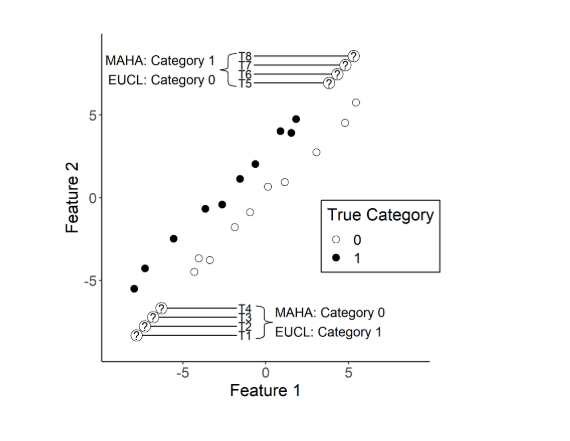Predicting the Use of Digital Health Devices during Covid-19
Data Science / Machine Learning / Quantitative data / Real world data / Statistics
I have worked for leading institutions like the global top-100 University of Basel and Europe’s top 25 Aarhus University, and the Max Planck Institute in Berlin. I have a Ph.D. in computational modeling and my background is a double degree in Behavioral Economics/Cognitive Psychology from Germany’s number one university, LMU Munich.
I have a strong publication record in peer-reviewed journals and global conference presentations. I have generated data-based insights into behavior (health, diseases, investments, consumer products) and perception (categories, features, sensory-motor, risk) by integrating different types of data (laboratory data, test results, sensor ratings, hand movements, web contents) collected by institutions, experiments, online surveys, web applications, mobile sensors, or financial providers and citizen science.










Which questions to ask? Which evidence is needed? Ways to integrate evidence from multiple sources.
Train and test models, predict outcomes, and simulate processes, check for biases.
Data integration from servers, data bases, spreadsheets, or real-world evidence from e.g., the internet or social media.
What do verbal questions mean as models? Which co-variates are necessary? Which analyses are needed?


